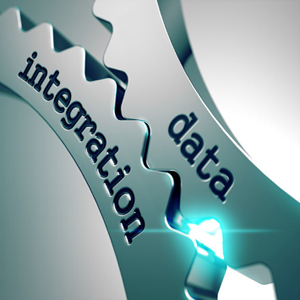 Last week we covered common sources of friction among our clients. Today we’ll look at the WD-40 solution: centralizing your data! Yes, this is easier said than done, but the immediate and long-term effects of centralizing data have been making our clients lives easier for years.
Last week we covered common sources of friction among our clients. Today we’ll look at the WD-40 solution: centralizing your data! Yes, this is easier said than done, but the immediate and long-term effects of centralizing data have been making our clients lives easier for years.
Sometimes this can be as simple as removing roadblocks and centralizing access to data; that is, we take the silos and put them in one place that each department can visit easily. This is usually a good first step. Another step is unifying the silos into one record store that encompasses all of the data. It is usually a challenge to find a common taxonomy for the data and then to migrate the silos. It often fails as well- the independent silos remain the relied-upon source of truth for each department. If you are going to centralize data into one store, that store has to be the primary source each department contributes to and works from. We have seen this entirely transform our client organizations. Processes move quicker, work flows more efficiently and employees spend less time on the “how” and more time executing.
People we work with need to see data in a way that makes sense to them and applies to what they do every day and in the context of their customers. So the second way to remove friction is to visualize the data from your centralized storage and customize it to each department. The visualization should be interactive. It can be as simple as a form that lets your technician enter information in a structured way or as complex as a 3D Google Earth visualization of the topography of your service area. The key to visualization and interactivity is clarity, conciseness and completeness. Outside plant data should be mapped and geographically referenceable. Inside plant data should reflect racks, ports and wire runs. Service areas and customer information should be layered with deployed infrastructure and mobile technicians. It can certainly be daunting to undertake visual customization for each department of the central data store—but the benefits are enormous! Each department has the data it needs, and they see it the way they need to. Additionally, each department has the connections to other department information it needs to serve customers better.
The last solution for friction we’ll discuss should be used just like WD-40; for preventative maintenance. This will remove sources of friction while they are small and easily managed. Since you have centralized your data and visually customized it for each department, now you need to incorporate its use into ongoing operations. By tweaking existing processes and procedures to leverage the central data store, it’ll always be a source of truth. And since it has been visually customized for each department, its use in existing processes will be beneficial and provide value to the users.
If you’d like to hear more about our customers who have done this or see how they are doing it, request a demo. We love helping rural telcos find the perfect WD-40 solution for their sources of friction.
